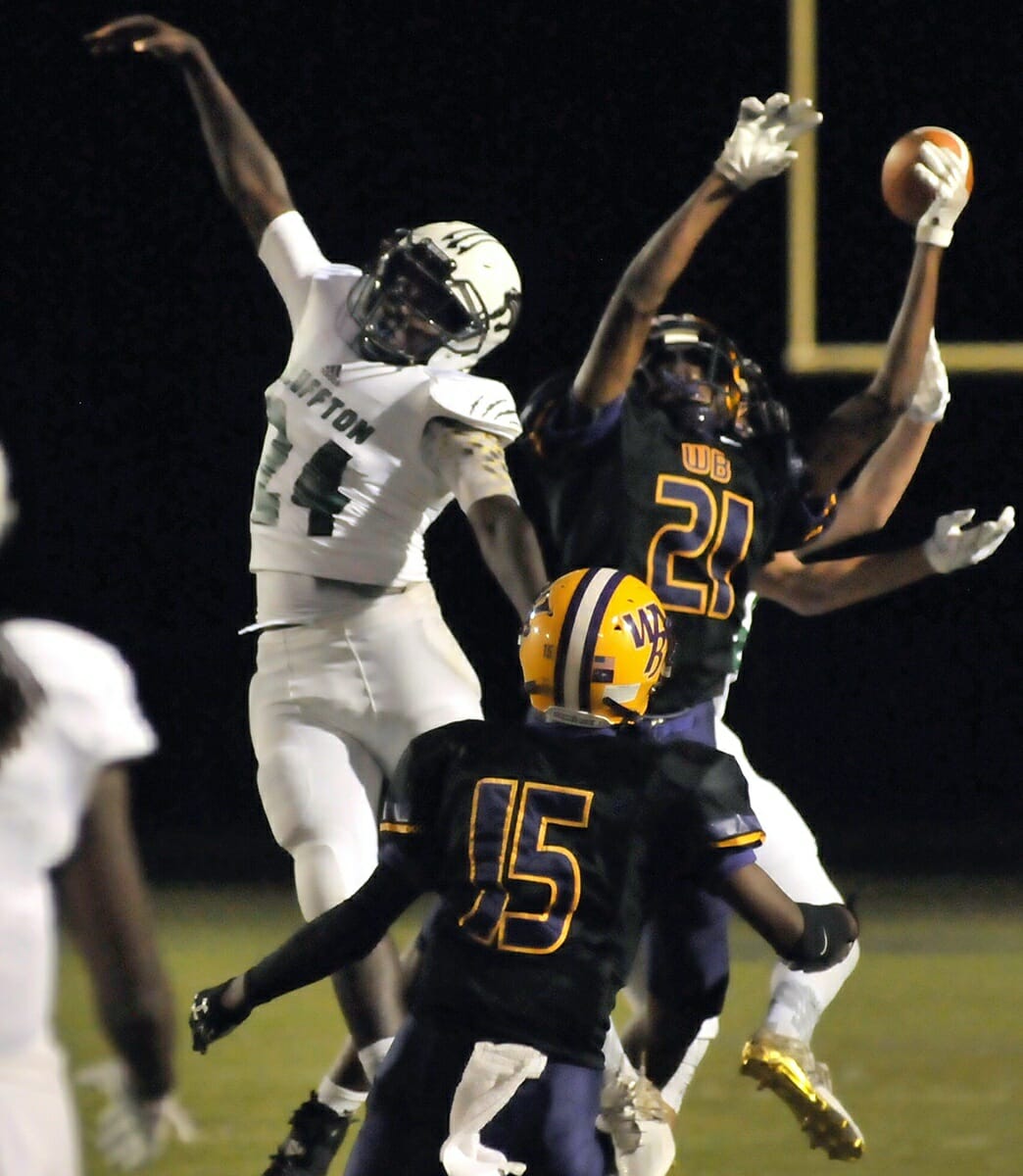PROVIDED BY STATE FARM
Trees are beautiful additions to any property — if they’re healthy, that is.
Unhealthy trees can shed limbs or topple over, harming your home or family members along the way.
But just because a tree isn’t looking its best doesn’t mean it’s a goner. Learn the symptoms of sick and dead trees so you can choose the best course of action.
Give Your Trees a Checkup
A sick or dying tree can display a variety of easy-to-spot symptoms that may help you save it before it’s too late. Here are some things to look for:
• Leaves
Generally, the tree should have a full, lush crown. If a tree’s leaves begin to fall off before autumn, it’s a primary indicator of a problem. Leaves on an unhealthy tree sometimes will stay attached but may discolor or simply shrivel up.
• Branches
Dead limbs are a big red flag. If you notice the growth is lopsided or unusual, this also could mean there is a serious problem on a portion of the tree.
• Trunk
Look for cracks or large holes in the trunk which may be accompanied by flaky, weak or missing bark. Sawdust around the base of your tree may also be a sign that carpenter ants have moved in.
• Roots
Your tree should have a healthy “root flare”— the base of the trunk where the tree swells and roots dive underground. Trees with no root flare indicate a problem; fungus or mushrooms growing around the trunk may signal decay.
Call a Professional
If any of these signs are present on your tree, don’t try to fix the problem yourself. Your best and safest option is to call a local tree service company.
An ISA-certified arborist will be able to tell you what the problem is and describe the steps to take to save the tree or recommend its removal if it’s a lost cause.
Keep Your Trees Healthy
If your tree isn’t sick, there are several things you can do — or not do — to help it stay that way. Try these tree-care tips:
• Avoid digging near trees which can damage their root systems.
• Keep heavy objects and vehicles away from tree areas to prevent compacting the soil, which can deplete oxygen levels.
• Don’t overfertilize or overwater. Consult a landscaper or tree company to determine the best levels of each for your particular tree species.
• Regularly apply a 2- to 4-inch layer of mulch at the base to control weeds and help retain moisture around the tree. Avoid applying mulch directly against the tree trunk.
• Be careful not to cut roots with your mower or string trimmer.
• Prune your trees carefully to encourage new growth.
• Don’t “top” your trees by removing large leader branches near the crown. This can remove leaves and starve a tree of valuable nutrients, as well as stress the tree.
If your home has been damaged by falling limbs or trees, contact your State Farm agent as soon as possible.
The information in this article was obtained from various sources. While State Farm believes it to be reliable and accurate, it does not warrant the accuracy or reliability of the information. These suggestions are not a complete list of every loss control measure. The information is not intended to replace manuals or instructions provided by the manufacturer or the advice of a qualified professional, nor is it intended to effect coverage under any policy. State Farm makes no guarantees of results from use of this information and assumes no liability in connection with the information nor the suggestions made.



